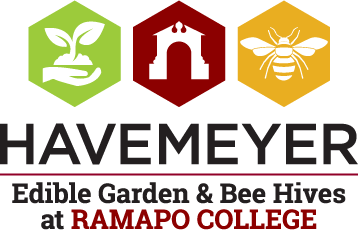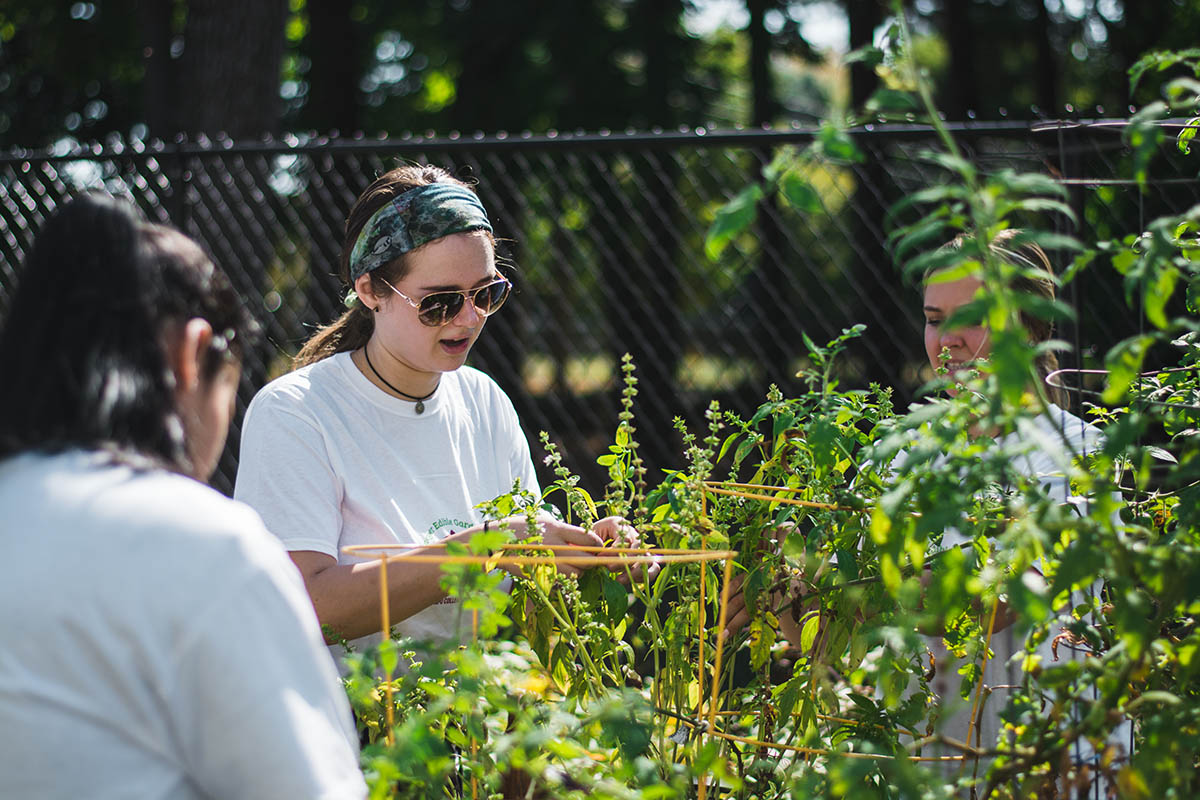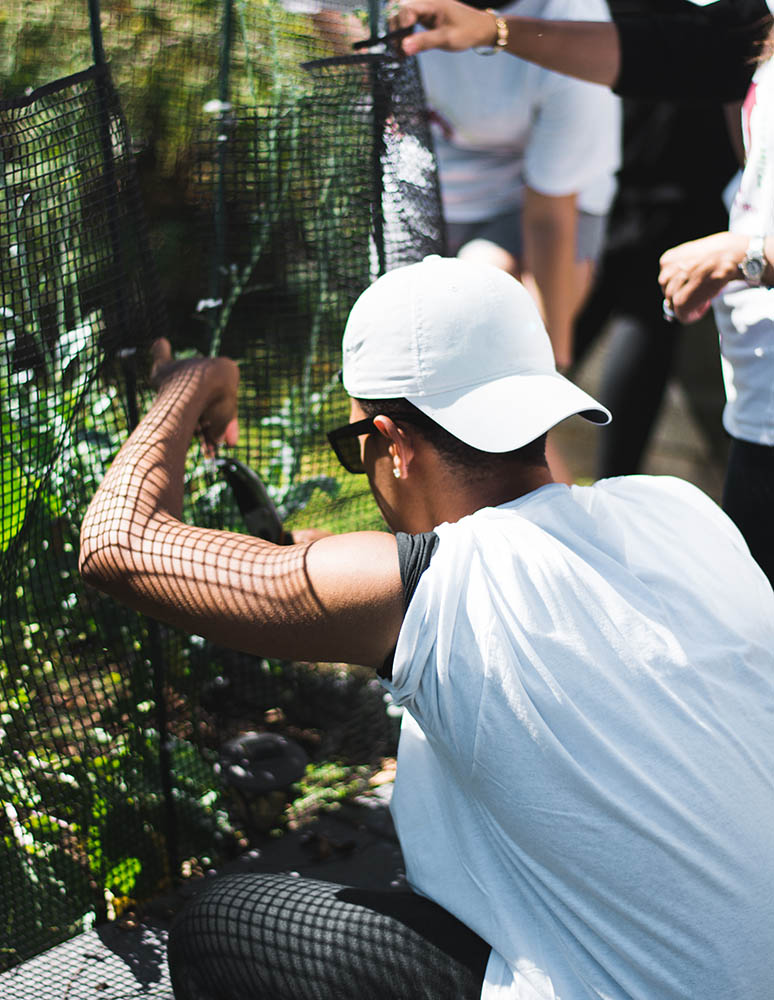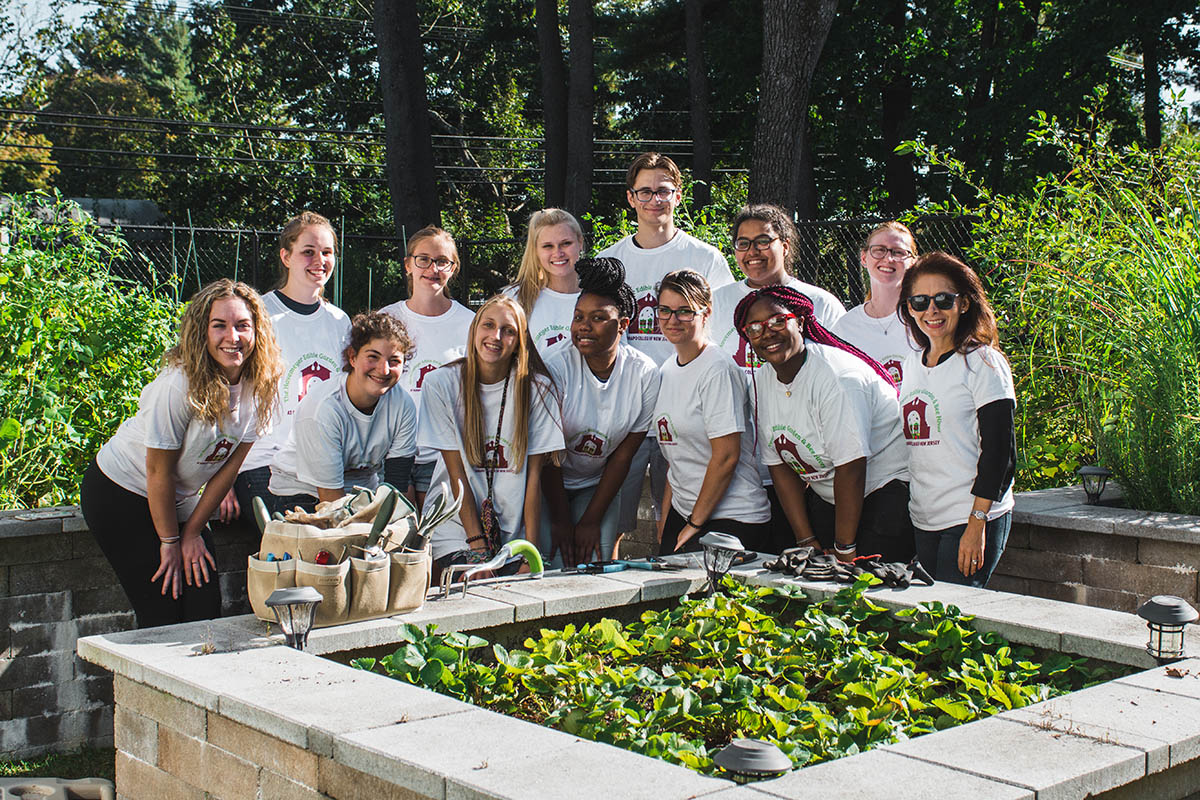Planning & Planting for Success
By Dr. Jackie Ehlert-Mercer
Planning an edible garden requires careful planning. First, you may want to think of a group of like-minded individuals that might be able to contribute to the project. As a group, you will need to think of the goals of your garden. For instance, you may want to use the garden for you and your family to enjoy or you may want to create a garden that is used as a classroom for nutrition which is the case at the Havemeyer Edible Garden & Bee Hives.
There are a multitude of duties that need to be performed at a garden so it might also be a good idea to identify individuals who will be ultimately responsible for the up-keep of the garden and other individuals who will be involved on a week-to-week basis. Each individual may want to perform a different function but is still accountable for their share of the work. Part of this planning includes discussing who takes care of the garden during the off season and when students/helpers might not be on campus or away on holidays.
Once some of the basics have been decided, then you can begin by identifying the best location to have your edible garden. Keep in mind that the soil has to be fertile and have maximum exposure to the sun. To find out if the soil is fertile, you may want to test its PH content (best is 6 to 7 for most plants) and nutrient content (nitrogen, phosphorous and potassium). If the soil is not fertile, you may start to cultivate it by creating planters and adding organic soil supplemented by compost. A water source is also important so that your plants can be watered on a regular basis.
During the time that you are creating the perfect growing environment, you may start to create a planting plan on paper. It is best to plan to grow plants according to sun exposure and seasonality so the National Gardening Association’s Zone Maps are a great resource to check to see what grows best in your area during a particular season.
Helpful Hints
By volunteers Jennifer Markowitz and Leah Peterson
Planting your own edible garden is an easy and rewarding experience. Follow some simple tips and by adapting them to your tastes and needs you can create a simple and successful edible garden of your own.
When first planning your garden, consider the space and planting conditions that you have available, including climate and soil conditions. For example, most of the plants at the Havemeyer Edible Garden & Bee Hives are planted in the spring and harvested by the end of fall because they will not survive harsh winters. Note that most edibles need water every day and require about eight hours of sunlight.
Fruit and vegetable seeds can be planted directly into the ground or in containers. Both options are successful and many gardens are a combination of the two styles.
The edible garden consists of six large planter boxes and two long garden beds. The containers contain mostly vegetables and the beds mostly fruits, due to different soil conditions in each location.
Two of the planter boxes are dedicated to tomatoes and strawberries. Planting a variety of edibles is nice so that there is always something ready for eating in your garden. For example, while tomatoes need almost all summer to grow, strawberries grow more quickly and allow for several harvests throughout the season.
In the edible garden, a full planter is reserved as an herb garden. Herbs grow readily and are very handy for cooking, but they are also excellent tools in an organic garden. Their scent attracts bugs, thereby protecting fruits and vegetables from unwanted nibbling.
The remaining three boxes contain a combination of root vegetables, such as beets and carrots, which have flexible planting and harvesting times, sweet peas, peppers, broccoli, bok choy and eggplant.
There is no single way to organize a garden. Have fun with your garden and don’t be afraid to experiment. You’ll enjoy the work and watching your plants grow just as much as you will enjoy eating them.
Stay tuned for more posts!




